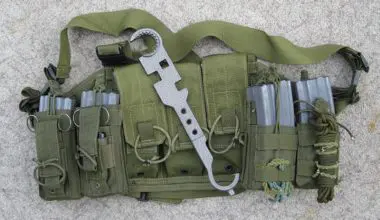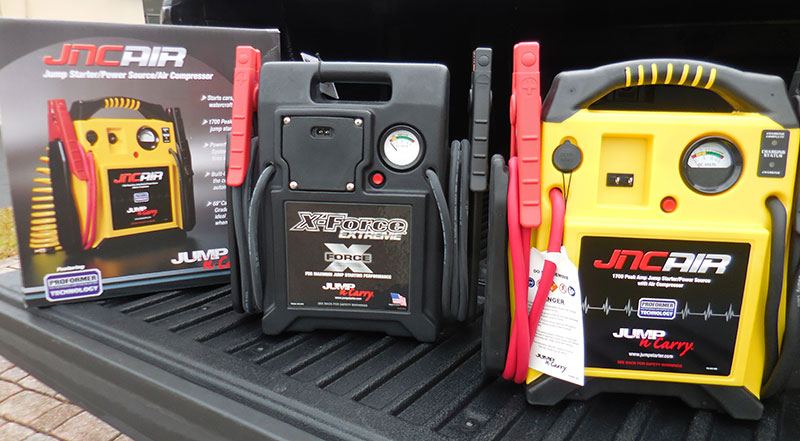
The term Murphy’s Law describes a simple but often neglected concept—what can go wrong, will go wrong. At first glance, this appears to be nothing more than doom-and-gloom thinking. But in a strange and elegant way, Murphy’s Law makes perfect sense, especially when viewed in the context of survival planning and preparation. (Maybe Murphy was a prepper.)
Think of it this way: Life is not some scripted event that can be planned out, with everything falling conveniently into place. If the success of your survival plan depends on things going well, you’ll be in trouble long before any potential crisis ever arrives. History tells us that the doo-doo will often fly hard, and usually at the worst possible moment. I refer to this as the “Murphy Factor,” and you should not only expect it, but absolutely plan for it.
Knowing all this, many of us consider it critical to contemplate our options beyond the obvious. When making our survival preparations and plans, something as commonplace as a dead battery may not seem all that significant, but it can be. Throw in some adverse circumstances, a dose of the unexpected, and good-ole Murphy, and this one “simple” fail can take on a whole new level of complexity.
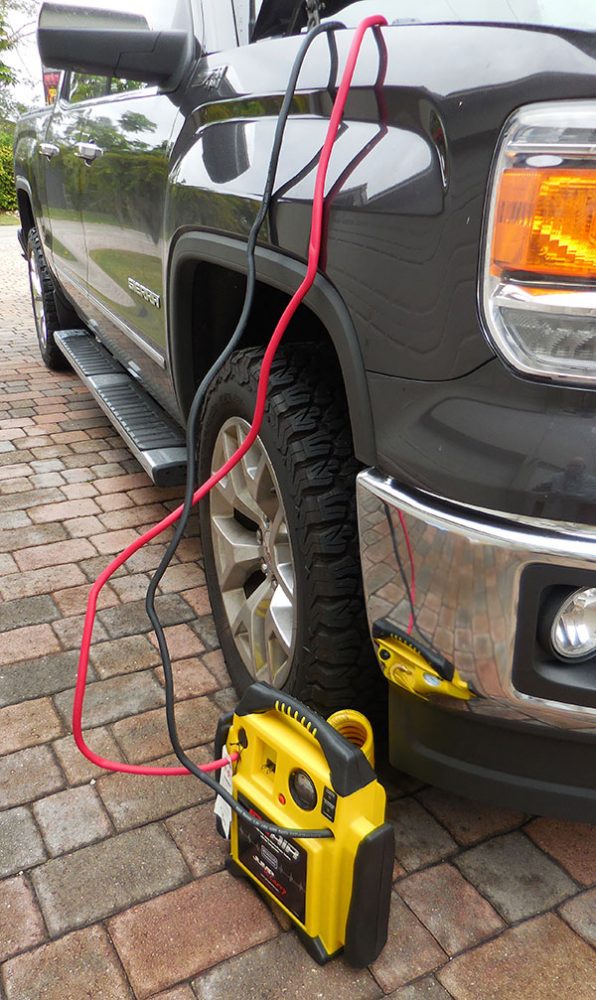
In this article, we look at the Clore Automotive Jump-N-Carry portable power starters, and examine how these products may one day help save the day, or maybe even your life.
Table of Contents
WHAT CAN POSSIBLY GO WRONG?
About a year ago, I was making my weekly pilgrimage to that prepper mecca for bulk survival supplies—Costco. After loading my carefully selected haul into the truck, I got in and turned the key. Nothing. I tried again … still nothing. It was one of those “oh-boy” moments. How could this be? My battery was only about a year old. Brand-new batteries aren’t supposed to fail, are they? (Listen carefully, and you can almost hear Murphy snickering in the background.)
To make a long story short, a quick phone call brought out a roadside service tech, and before too long I was on my way. Pretty easy and painless. But it got me thinking. I had put a great deal of faith in the reliability of my car battery, yet it had failed with absolutely no warning at all.
What if this had happened on some remote road, in a desolate location, late at night, or worse yet, as I was trying to make my way out of town during a disaster? In any one of those scenarios, the stakes would have been much higher, and I would have had few good options. Not a very pleasant thought, but clearly something I needed to consider, and more importantly, to plan for.
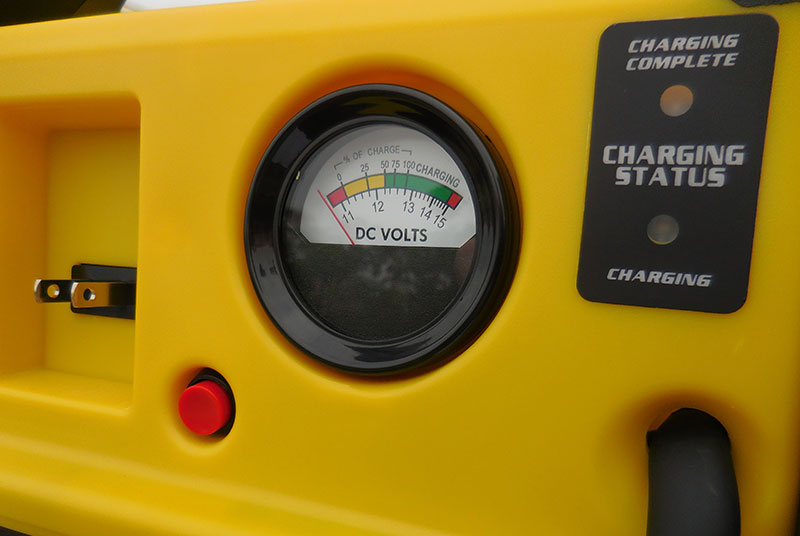
To provide some background and context, my Get-Out-of-Dodge ride is also my daily driver. In choosing my vehicle and how it’s set up, I have made all sorts of carefully considered decisions to ensure it’s always ready for whatever may happen. Specifically, I selected a large 4×4 truck with decent ground clearance, aggressive all-terrain tires, robust off-road-capable suspension, and extra heavy-duty everything.
In addition, I always carry a generous supply of tools, equipment, and other self-rescue gear discretely stowed in the bed. And let’s not forget, a full tank of gasoline, or as full as possible without stopping to refill every ten blocks.
All of these preps are in place to make sure I’m prepared to deal with just about any adversity I may encounter. (For a detailed list of recommended gear, equipment, and related tips, ideas, and suggestions, see OFF-ROAD TO RECOVERY: Gear for Vehicle Self-Rescue, September 2015 S.W.A.T.)
The lessons learned in that Costco parking lot were clear—I needed to reassess. I could now see that the battery was a weak link in an otherwise strong chain. I had made extensive preparations and worked through numerous contingencies, but all those things would have been for nothing if the vehicle failed to start.
(Coincidentally, this is all part of the preparedness process: Assess, Plan, Test, Reassess, Improve, and Repeat. We should all be doing this with all our plans and preparations on an ongoing basis.)
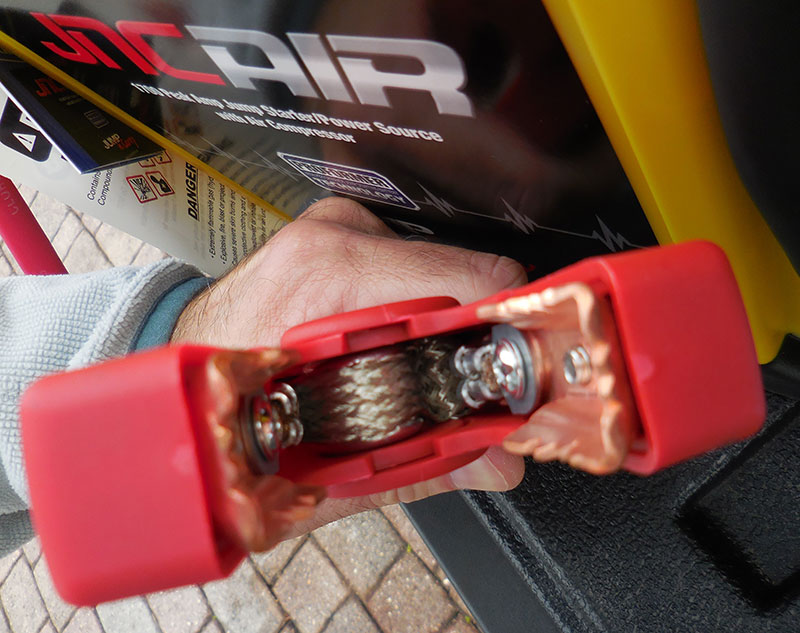
Back to the unconscious battery. Going forward, I needed a simple yet effective and reliable way to handle this sort of issue without outside assistance. In essence, I needed to be my own roadside service.
After considerable research and testing, I have added a Clore Automotive Jump-N-Carry 12-volt power starter to my emergency vehicle kit. In survival planning, half of the problem is recognizing you have a problem, and the other half is figuring out how to deal with it effectively. This incident pushed me to do both.
JUMP-N-CARRY STARTERS
Clore Automotive is an American company specializing in the design, development, and manufacture of automotive service equipment. The Jump-N-Carry line of portable power sources and starters is just one of many brands in their extensive aftermarket lineup.
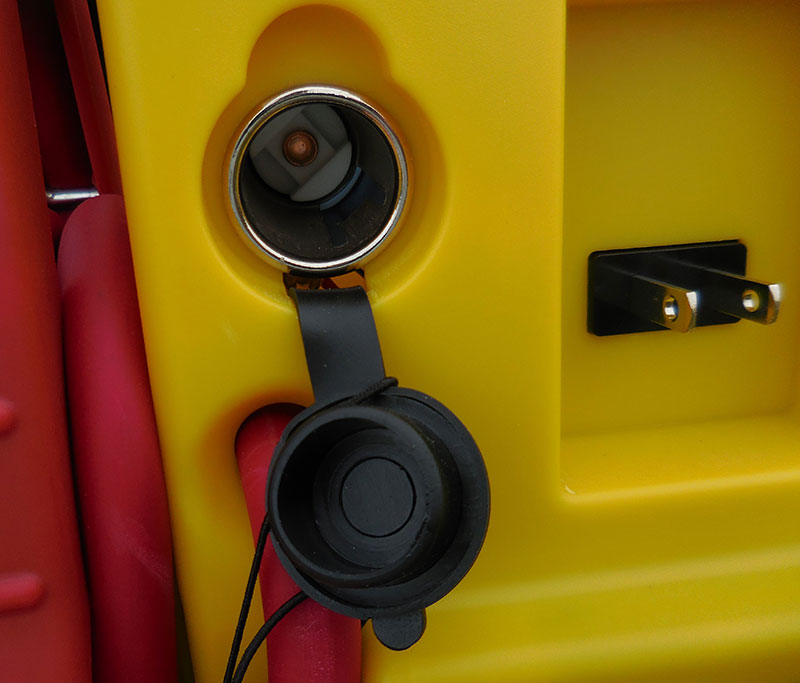
Among their offerings is an impressive selection of products for professional use and the retail consumer market. The folks at Clore have put together a lineup of products that can serve just about every need, from small, lightweight Lithium starters to rugged, heavy-duty models intended to meet the demands of commercial applications. The good part is that you get to choose what you need for your particular circumstances without having to pay for over-capacity you’ll never use.
But before we get into the products, let’s begin with what is probably the most important aspect of any jump starter—the amps ratings, and what those numbers actually mean.
PEAK AMPS VS CRANKING AMPS
There’s a good deal of confusion regarding peak amps versus cranking amps (CA) and cold-cranking amps (CCA). Understanding the differences is important not only to know what you’re buying, but to ensure that you have the right amount of power for your anticipated needs. Here’s how it breaks down.
- Peak Amps: Maximum power output, but it’s not the same as CA or CCA. Peak power ratings are not as useful and should only be used for comparison if CA or CCA ratings are not available. When buying a jump starter, it’s better to refer to the CA or CCA rating whenever possible.
- Cranking Amps: Number of amps a battery can push out for 30 seconds at 32° F. This number represents the amount of power you need to start your engine except in freezing cold weather; for that see CCA.
- Cold Cranking Amps: Number of amps a particular battery can push out for 30 seconds at 0° F without dropping below 7.2 Volts. (The CCA rating reflects that it is more difficult to start an engine in cold weather conditions.) If you except to operate your vehicle in very cold conditions, this is an important rating to keep in mind.
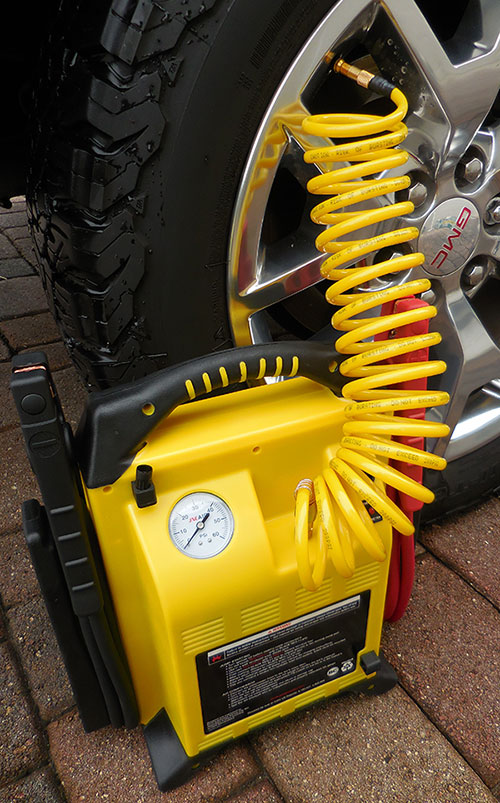
JNCAIR features integrated air-delivery system with 12-foot coiled air hose and screw-on chuck. The higher the CA and CCA ratings, the more power you will have to jump-start your vehicle. If in doubt, it’s better to err on the side of caution and opt for more power than you may need.
If you have multiple vehicles, make sure the model you select can start your largest vehicle. There is usually no need to worry about overloading the electrical system in smaller vehicles with a higher rated (CA or CCA) jump starter, since it will only pull in enough power to start your vehicle.
The JNCXFE, Clore’s most powerful unit, uses a “Crank Assist Amp” rating, which is identical to Cranking Amps except that Crank Assist Amps represent a five-second rating versus a 30-second rating for CA. (The JNCXFE and its smaller sibling, the JNCXF, are both made in the US and are the only Clore products rated with this designation.)
THE SKINNY
After an extensive review of the dozen or so available options within the Jump-N-Carry line of products, I decided to focus on two particular units—the JNCXFE and the JNCAIR. These two models offer an attractive combination of multi-purpose features and substantial power and performance—the type of performance people with preparedness objectives usually insist on.
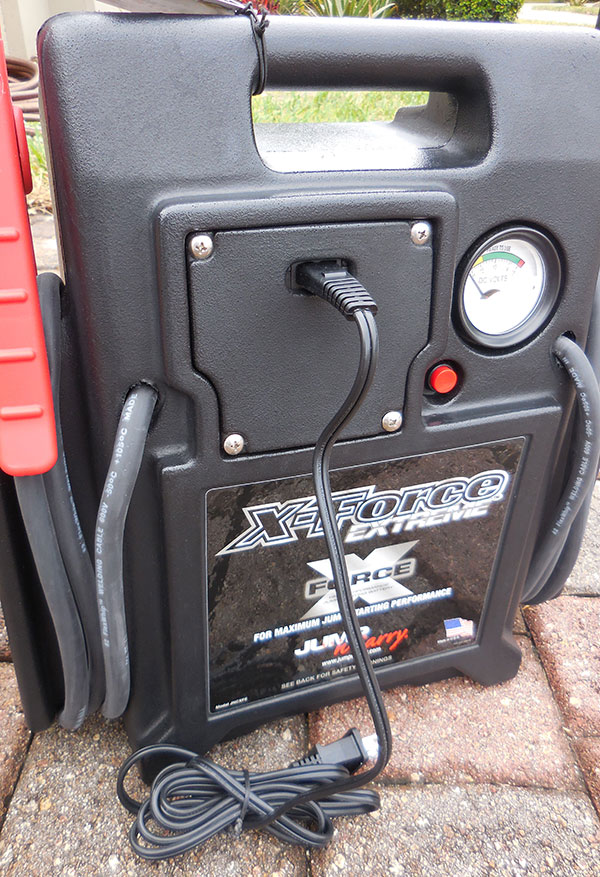
Built-in automatic charger keeps unit’s battery charged and ready to go. The JNCXFE is a heavy-duty performer with 1540 Crank Assist Amps. This baby has a lot of power and is built to withstand the harshest environments. It has the power for a full range of applications: automotive, marine, construction, industrial, and fleet, including diesel vehicles.
The JNCAIR is a multi-function unit, with a lower Cranking Amps rating (425), which is still more than enough to start the average consumer vehicle. The JNCAIR also features an integrated air-delivery system built into the unit.
Rather than review each model separately, as these units share more similarities than differences, I decided to outline my impressions and detail some things to consider before making your purchase.
- Impressive Power: These units are both powerful, with 1540 CAA for the JNCXFE and 425 CA for the JNCAIR.
- Extremely durable, well-built products meant to withstand the harshest conditions: automotive, marine, industrial, and in extreme weather environments.
- Utilize a proprietary battery technology that is specifically designed for vehicle jump-starting applications.
- Designed for long service life and everyday use applications.
- Industrial-grade Hot Jaw Clamps: Both sides of the Clore clamps are wired, not just one. This ensures a more effective connection and fewer failure points. A single clamp wire is cheaper to manufacture but typically provides inferior performance.
- Built-in automatic charger keeps units charged for immediate use. Keep them plugged in until you’re ready to use them.
- Extra-long 68-inch cables are a big advantage.
- Voltmeter provides a charge status for the units’ onboard battery.
- 12-volt (DC) outlet powers accessories such as cell phones, tablets, and radios.
- Durable, ergonomic, fully contained units with practical, easy-to-access controls.
- Internal battery can be replaced if it ever fails to hold a charge.
- One-year warranty.
POSSIBLE DOWNSIDES
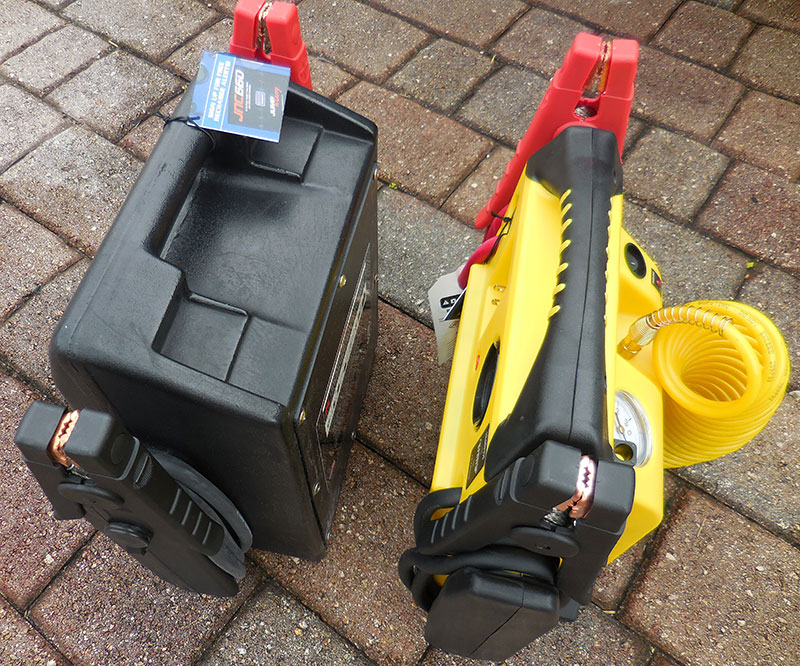
Battery size and power rating generally determine unit’s weight and bulk. When planning for multiple vehicles, make sure Jump-N-Carry model you select can start your largest vehicle. - Weight. The units are heavy: 38 pounds for the JNCXFE and 28.5 pounds for the JNCAIR. The heavy-duty batteries account for most of the weight, along with the robust materials and construction. Weight is not so much a problem as something to consider when you’re choosing the model that’s right for you. The higher the unit’s capacity (Cranking Amps), the larger the battery, and the more it weighs.
If you’re worried about weight, consider a smaller unit. For example, model JNCXF is only 23 pounds but still produces 770 CA—more than enough juice for most automotive or marine needs.
- Cost: The cost for these units is directly related to their capacity and power rating. The higher the CA, the larger the batteries are, and the more expensive the unit is. To save money and weight, figure out your particular needs and decide which product serves those needs best without buying excess capacity you might not really need.
If you have doubts, contact Clore. Their technical staff will help you chose a product that fits your needs and budget.
CONCLUSION
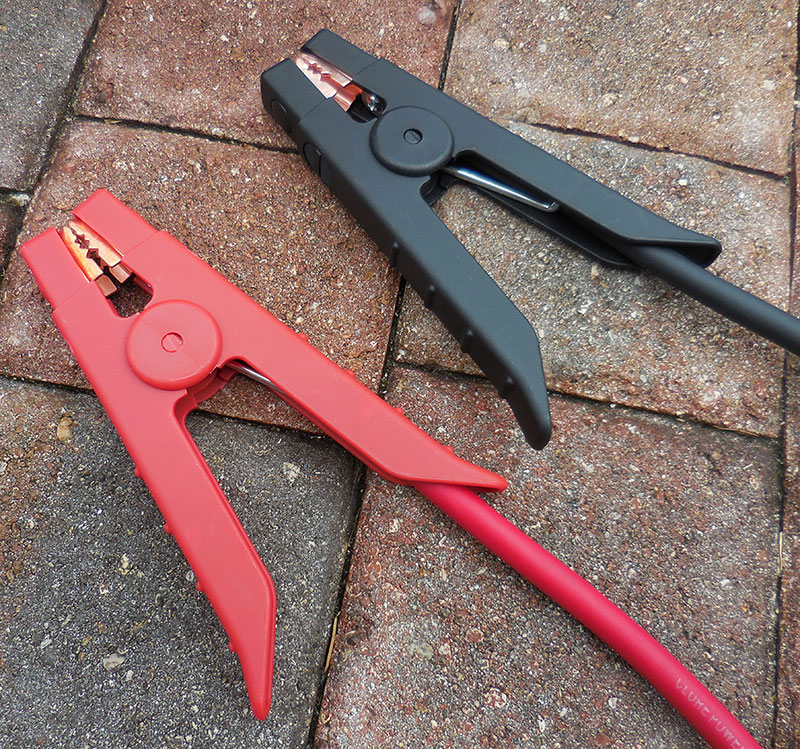
Fully shielded Jaw Clamps help prevent accidental contact with other Jaw Clamp or other conductive surface. Only interior portion of clamp is exposed. Attention to details like this sets these products apart. At first glance, a Jump-N-Carry may seem like just one more piece of gear to lug around. In reality, it’s much more. For me, it’s a tool for survival, self-reliance, safety, and independence from the outside world. Most importantly, it’s about self-rescue and not becoming a victim of circumstances.
I really like these units, not only because they can jump-start a vehicle, but because they also offer multi-purpose functions that can come in very handy even if you never have to use the jump-start feature.
As with any other survival product, there is cost to consider. For me, just the thought of being stranded during a crisis (or at any other time, for that matter) is enough of an incentive to invest in solid gear now and avoid the regrets later. Stay safe and be prepared.
Richard is an urban survival consultant, writer, and firearms enthusiast. He’s the author of Surviving Doomsday: A Guide for Surviving an Urban Disaster, and The Quick Start Guide for Urban Preparedness. For the latest preparedness news and updates, connect with Richard on www.quickstartsurvival.com.
SOURCE
CLORE AUTOMOTIVE
(800) 328-2921
www.cloreautomotive.com



